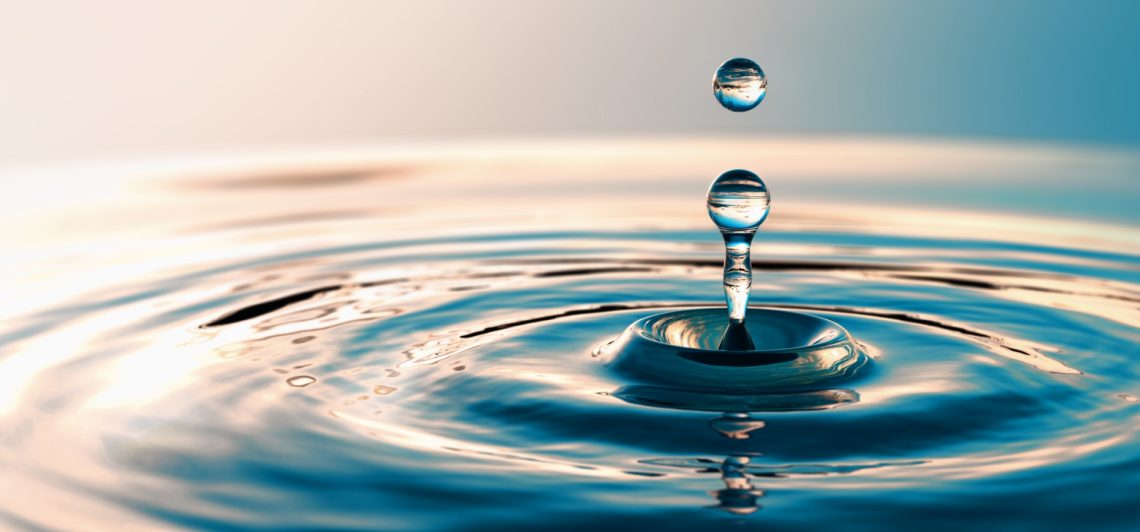See the Fuels consumed section for more information on the amount and origin of energy resources used by our generation units.

Energy resources
In the production of electricity and heat, we consume significant amounts of energy resources, both non-renewable (coal, gas, fuel oil) and renewable (biomass).
ENEA Elektrownia Połaniec and ENEA Ciepło – Białystok Division burn only biomass that meets the sustainability criteria prescribed by the RED II Directive.
Water
-
E-S4
-
303-1
Water is necessary to produce electricity Water is necessary to produce electricity. We use water, among others, in the cooling systems of Kozienice and Połaniec power plants. We apply a number of technological solutions which allow us to return water to the Vistula river, preserving its quantity and quality. In respect to water management, our companies develop solutions in the area of a circular economy concept. Examples of good practices include actions carried implemented in connection with coal mining, such as the use of mine water for firefighting and technological purposes.

Water withdrawal by the ENEA Group in 2022
-
303-3
-
E-S3
| Water withdrawal [Ml]1) 2) | 2020 | 2021 | 2022 |
|---|---|---|---|
| Total water withdrawal by ENEA Group companies | 2,521,563 | 3,582,082 | 2,942,127 |
2) 99% of the water withdrawal by the Kozienice Power Plant and the Połaniec Power Plant is the intake/return of water from the Vistula river for cooling purposes.
Selected good practices of the Połaniec Power Plant minimizing water consumption and preventing pollution of water
In the cooling water intake system, flexible operating systems are used that are adapted to the flow conditions of the Vistula River and prevent excessive water withdrawal.
Water is reused (part of the cooling water is subsequently used in the flue gas desulphurization system and also transferred to the Osiek sulphur mine).
Produced wastewater is used wherever it is technically feasible (rainwater and treated wastewater is also used to replenish fluids in the hydrotransport system).
Industrial wastewater from the flue gas desulphurization (FGD) installation is treated in a mechanical-chemical waste water treatment plant with a maximum capacity of 80 m3/h.
Wastewater from the hydraulic ash handling system is treated by filtration and sedimentation to remove suspended solids, and excess wastewater is discharged through the cooling water discharge canal.
Wastewater from the washing of rotary screens, lubricating water filters and rinse water filters is treated in two-chamber settling tanks where suspended solids are retained and contaminants are sedimented, before being discharged into the cooling water discharge canal.
Treatment of rainwater and snowmelt from wood and biomass storage yards, vehicle parking lots, and roofs and landscaping from roofs and green areas, in a stormwater treatment facility, before discharging it into the discharge canal.
A permanent mechanical floating dam is used on the cooling water discharge canal to protect the waters of the Vistula River from possible oil spills in emergencies in case of a leak in the turbogenerator lubrication and cooling system.
The volume and quality of water withdrawn and the mixture of industrial wastewater discharged into surface waters is monitored, as well as the quality of surface waters above and below the wastewater discharge point.
The flow of the Vistula River is monitored on a daily basis.
The chemicals used to demineralize process water are stored in closed containers above a sealed, acid-resistant tile that prevents the chemicals from leaching into the soil and groundwater.
See also the sections entitled Circular economy initiatives and ENEA Group’s environmental activities in 2022.
Previous page

Next page

